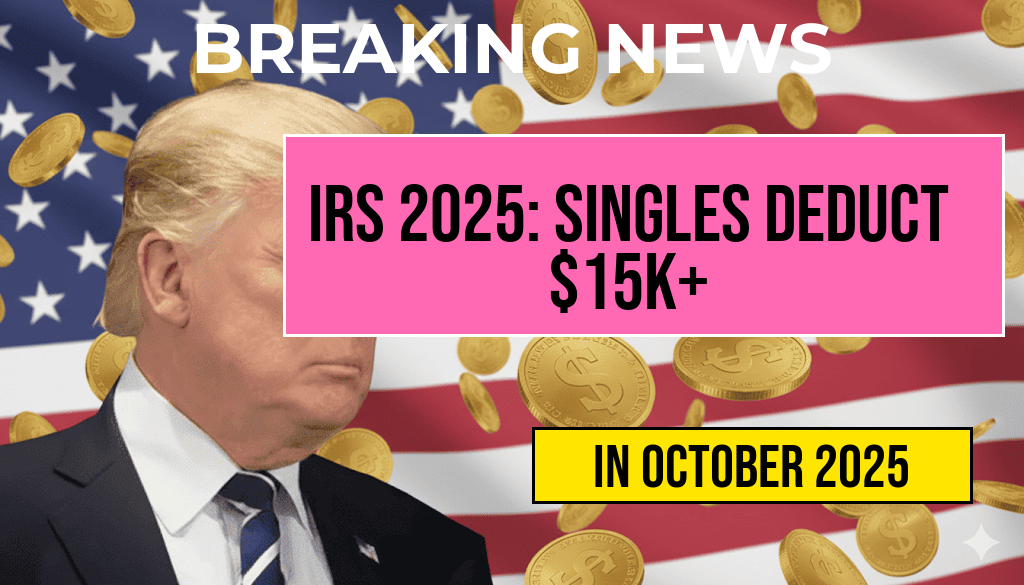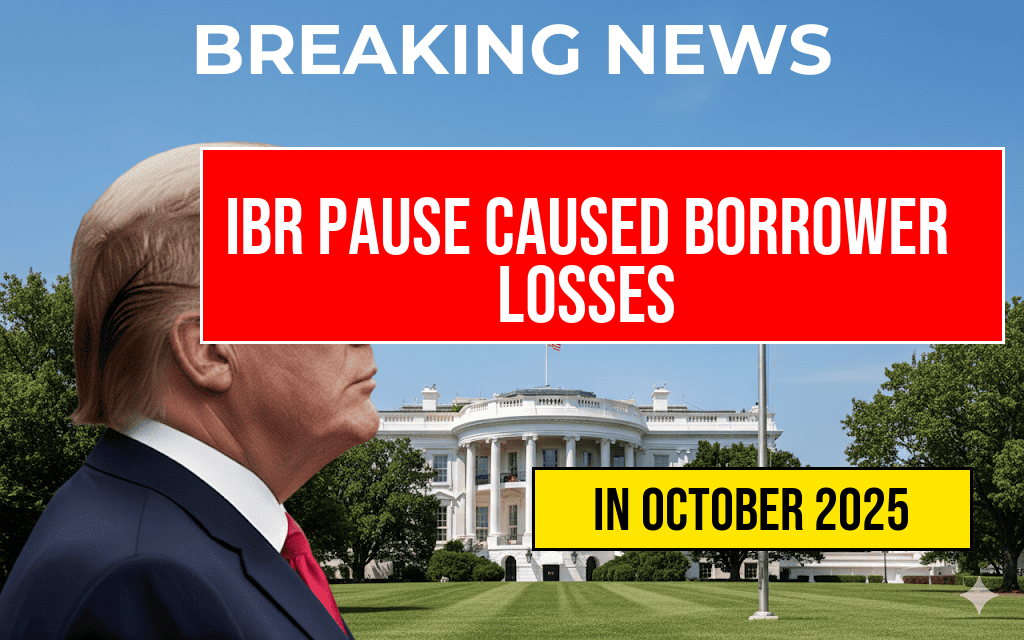Retirees across the United States could see significant financial benefits starting in 2026, thanks to a reset in the income thresholds that determine eligibility for various Social Security and Medicare benefits. This adjustment, often referred to as the “Retiree Bracket Creep Reset,” is set to potentially save some seniors over $500 annually by preventing their income from crossing into higher tax or benefit-reduction brackets. As policymakers and financial planners analyze the upcoming changes, retirees are encouraged to review their income strategies to maximize benefits and minimize costs. This article explores the key updates, how they impact retirees, and what steps seniors can take to optimize their financial planning amid these adjustments.
Understanding the Income Threshold Reset in 2026
Each year, inflation adjustments influence income thresholds used to determine eligibility for various social programs, including Social Security taxation and Medicare premiums. Starting in 2026, a significant revision will occur to reset these thresholds, preventing “bracket creep” — a phenomenon where inflation pushes income levels higher, unintentionally increasing taxes or reducing benefits for retirees with modest incomes.
The reset aims to realign thresholds with current economic realities, ensuring that retirees do not face unintended financial penalties simply because of inflation-driven income increases. This recalibration is projected to benefit millions of seniors by maintaining their benefit levels and preventing higher tax burdens that could erode retirement savings.
Key Changes to Income Thresholds and Benefits
| Benefit Area | Current Threshold (2025) | Adjusted Threshold (2026) | Estimated Savings per Retiree |
|---|---|---|---|
| Social Security Income Taxation | $25,000 (single); $32,000 (married filing jointly) | Approximately $30,000 (single); $38,000 (married filing jointly) | Over $500 for some filers |
| Medicare Income-Related Monthly Adjustment Amount (IRMAA) | $97,000 (single); $194,000 (married filing jointly) | Approximately $105,000 (single); $210,000 (married filing jointly) | Potential reduction in premium increases |
These adjustments mean that retirees whose incomes hover near previous thresholds may now retain benefits and avoid higher taxes, preserving more of their retirement income throughout 2026 and beyond.
Impact on Social Security Taxes
For many retirees, Social Security benefits are subject to federal income taxes if their combined income exceeds certain thresholds. The reset in 2026 will raise these thresholds, shielding more seniors from increased tax obligations. Currently, if a retiree’s combined income exceeds $25,000 (single) or $32,000 (married filing jointly), a portion of their benefits may be taxed. The new thresholds are expected to increase to approximately $30,000 and $38,000, respectively.
This change can translate into tangible savings, especially for retirees with modest incomes or those relying heavily on Social Security. Those approaching the old thresholds should consider how additional income, such as withdrawals from retirement accounts or part-time work, might impact their tax liability in the coming years.
Medicare Premiums and Income Adjustments
The Medicare program implements the Income-Related Monthly Adjustment Amount (IRMAA), which adjusts premiums based on income levels. The upcoming threshold reset will delay or reduce premium increases for some beneficiaries. Currently, individuals earning over $97,000 (single) or $194,000 (married filing jointly) face higher premiums. The adjusted thresholds in 2026 could be as high as $105,000 for singles and $210,000 for couples, offering relief to many seniors.
Retirees should review their income projections and consider strategies to manage income levels, such as timing the realization of capital gains or adjusting withdrawals, to avoid crossing these thresholds and incurring higher premiums.
Strategies for Retirees to Maximize Benefits
Review Income Streams Regularly
- Track income sources meticulously to understand potential bracket creep effects.
- Coordinate withdrawals from retirement accounts to stay below taxable thresholds.
Consider Timing of Income Realization
- Delay taking distributions or capital gains until after thresholds reset to minimize taxes.
- Leverage tax-advantaged accounts to minimize taxable income in critical years.
Consult Financial Advisors
- Seek personalized strategies tailored to individual income profiles.
- Stay updated on regulatory changes affecting benefits and tax liabilities.
Looking Ahead: Policy and Budget Implications
The 2026 reset aligns with broader efforts to address the fiscal sustainability of social programs. By adjusting thresholds in response to inflation, policymakers aim to balance the needs of retirees with long-term budget considerations. Experts suggest that these adjustments could prevent millions of seniors from inadvertently facing higher taxes or reduced benefits, ensuring that retirement remains financially manageable for a broader demographic.
Retirees are encouraged to stay informed about these changes by consulting resources like the Social Security Administration and reputable financial planning sources.
Frequently Asked Questions
What is the retiree bracket creep reset scheduled for 2026?
The retiree bracket creep reset in 2026 is a policy adjustment that will reset income thresholds for retirees, potentially reducing taxes and increasing retirement income. This reset aims to prevent bracket creep, which can occur when inflation pushes retirees into higher tax brackets over time.
How could the 2026 reset save retirees over $500?
By adjusting the income thresholds for different tax brackets, the reset could allow retirees to keep more of their income tax-free or in lower brackets, potentially saving them over $500 annually depending on their income level and retirement source.
What are the new income thresholds for retirees starting in 2026?
The new income thresholds will be updated to more accurately reflect current inflation rates, allowing higher income levels before moving into higher tax brackets. Specific figures will be announced closer to 2026, but they will be designed to benefit retirees by providing higher exemption limits.
Who will benefit most from the bracket creep reset?
Retirees with moderate to high incomes are expected to benefit most, as the increased thresholds could reduce their overall tax liability. Those on fixed incomes or with limited earnings may see less impact but could still benefit from the overall adjustment.
When will the new income thresholds take effect?
The reset is scheduled to take effect in 2026. Retirees should stay informed about updates from tax authorities and financial advisors to understand how these changes may impact their specific tax situation.






